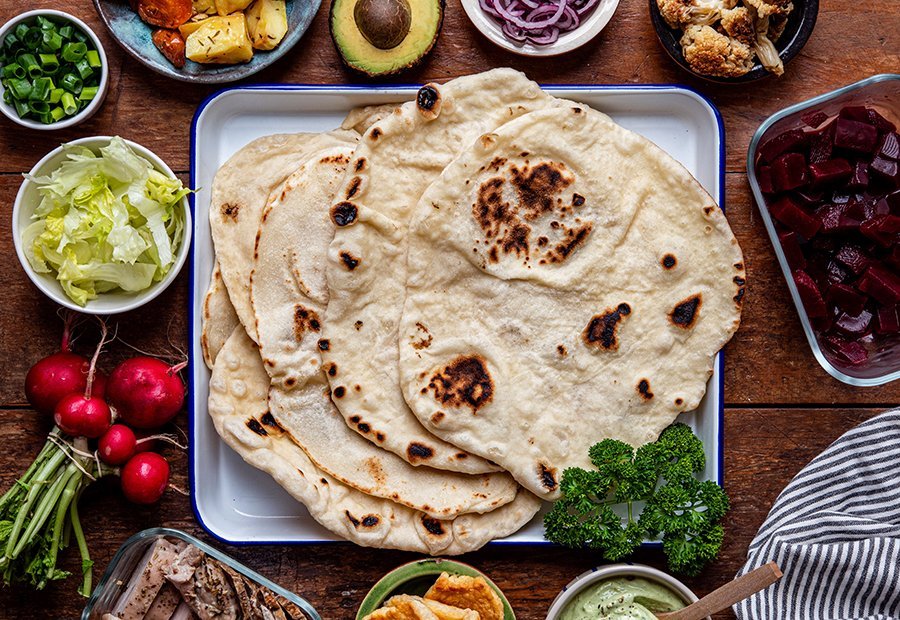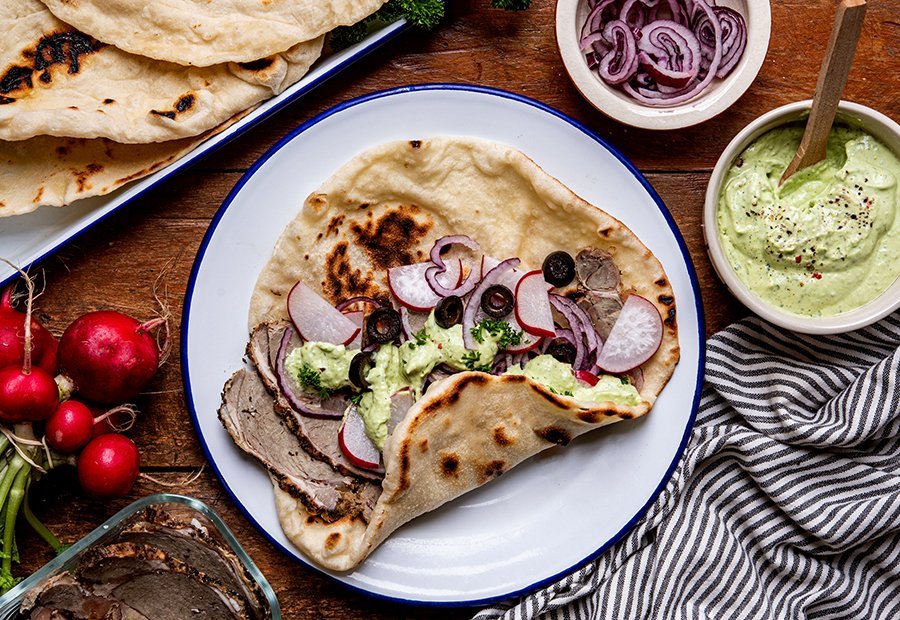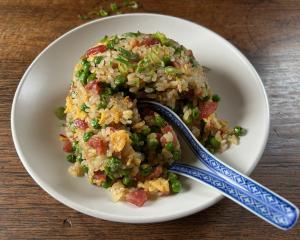
As we head towards springtime and the vege bins begin to fill with vibrant greens, tender asparagus, and crisp new-season carrots, it is a timely reminder that food is something to be appreciated — not just eaten. Behind every piece of produce is a story: of soil and rain, sun and effort, planting and harvest. When we waste food, we’re not just tossing scraps — we are throwing away the incredible resources that went into producing it.
As we mark the International Day of Awareness of Food Loss and Waste on September 29, Love Food Hate Waste NZ is inviting you to think about food a little differently. Because when it comes to reducing waste at home, it is not about perfection, it is about progress. And small, smart actions make a big difference.
At the heart of this is a simple, practical idea: Think. Shop. Store.
THINK BEFORE YOU SHOP
It starts with a moment of pause. What’s already in the fridge? What meals could you pull together with what you have? Thinking ahead doesn’t have to mean a rigid meal plan — it could just be jotting down three meal ideas and checking what you have before heading to the shops.
When we plan a little, we waste a lot less. That soft bag of spinach at the back of the fridge? Probably would not be there if we had remembered it was already on hand.
SHOP WITH PURPOSE
Supermarkets are designed to tempt us, so going in with a list helps keep things realistic. When stopped by multi-buy deals ask yourself: will I use this before it goes off? Can I swap this for something I already have at home?
Buying fewer, fresher ingredients more often is one of the best ways to reduce food waste and save money too. If you are someone who does not have time to make a list, try snapping a quick fridge and pantry photo before you shop to get an inventory.
STORE TO MAKE IT LAST
Most food waste happens at home, and often because we did not store it right. Little tweaks go a long way: pop a paper towel in with salad greens to keep them fresher. Freeze bread, extra herbs and leftovers before they go off. Keep your fridge at the right temperature (between 2°C–5°C) and making swaps like moving your milk from the door to the middle shelf of the fridge can go a long way.
And here’s the thing: that sad-looking head of broccoli or half a punnet of mushrooms still has plenty of life in it. Add it to a frittata, blitz it into a soup, or roll it up in something new. For using up leftovers this simple flatbread dough recipe is a winner—you can use it to wrap up leftovers, layer in veg and cheese for a quick lunch, or stretch it into a pizza base topped with all the odds and ends from the fridge.
Nature doesn’t waste a thing. Everything has a role, a purpose, a place. And we can take our cue from that. We do not have to overhaul our entire routine we just have to care a little more, plan a little better, and act a little smarter. Because when we waste less, we value our food more.
 Basic dough for flatbread or pizza
Basic dough for flatbread or pizza

Ingredients
1 cup warm water
1 tsp sugar
1 tsp active yeast
1 Tbsp olive oil
1 tsp salt
3 cups plain flour, plus more for kneading
Method
Place water and sugar in a mixing bowl. Swirl to dissolve. Sprinkle yeast over the top and stand in a warm place for 10 minutes until frothy.
Add the rest of the ingredients and mix in the bowl until a shaggy ball forms. Tip dough out on to a clean, floured surface and knead for 5 minutes until the dough is completely smooth. Add a little flour only to stop the dough from sticking to your hands. The dough should be stretchy and smooth.
Drizzle the bowl with a little oil and place the kneaded ball of dough into the bowl. Cover with a clean tea towel and allow to rise at room temperature for at least 1 hour until doubled in size.
FOR FLATBREADS
Divide the dough into 6 or 8 even pieces depending on if you want medium or large wraps.
On a floured surface, use a rolling pin to roll a ball into a flat disk.
Place a non-stick frying pan on high heat. No oil is necessary. Once hot, place flattened dough on to the pan for 1 to 2 minutes per side. Do not overcook or the flatbreads will lose their suppleness and become dry.
Remove flatbread from heat and place on a plate or container. Repeat with all dough until complete.
FOR PIZZA
Divide dough in two.
On a floured surface, use a rolling pin to half the dough into a pizza base. Place pizza base on a tray. Repeat with the other half of the dough.
Allow to rise for 15 minutes.
Top with your favourite ingredients.
Bake in a 220°C oven for 15-20 minutes until pizzas are cooked. Slice and serve.
• Pizza bases can be par-baked for 10 minutes and frozen for future meals.
Tips
• Cooked flatbreads can be stored in a container at room temperature for two days. Freeze extra flatbreads for future meals.
• Leftover dough can be placed into a container and stored in the fridge for up to 4 days. Dough may continue to expand so use a container that can accommodate an extra 50%.












